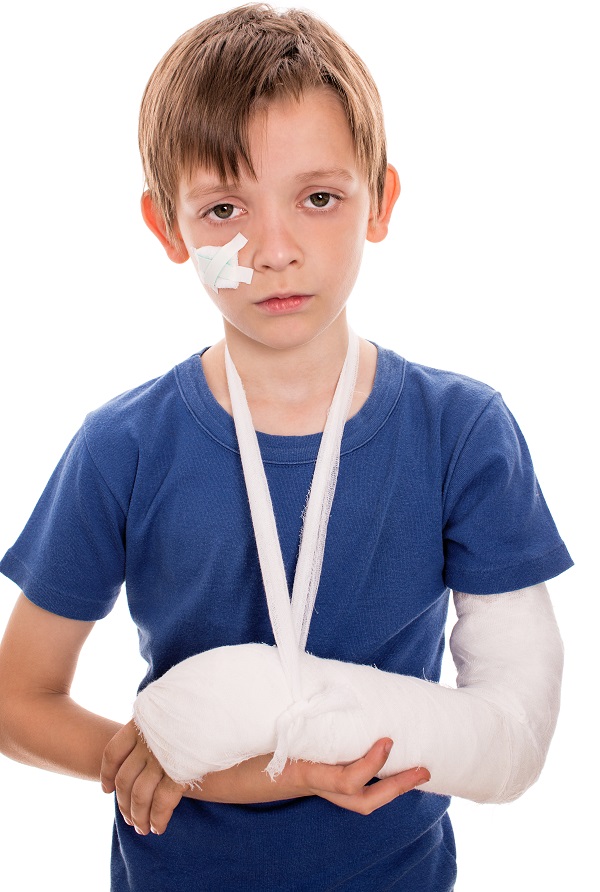If your child has been injured on another person’s property, it’s important that you understand the attractive nuisance doctrine and how this legal concept can impact your case. But in order to understand the attractive nuisance doctrine, you must first learn about the premises liability concept.
Premises Liability
Under premises liability laws, property owners have a legal obligation to maintain their properties in order to prevent injuries from occurring. But, they do not have an obligation to protect every person who steps foot onto the property. If someone is illegally trespassing on a property, the owner does not owe this trespasser the same duty of care that he owes to a legal visitor.
The Attractive Nuisance Doctrine
Adults know that trespassing is illegal, but young children might not understand this concept. Therefore, if your child sees something that grabs his attention in a neighbor’s yard, he may wander into the yard uninvited. Technically, he is trespassing since he is not a legal visitor, but because he is a child, the property owner may still be liable if he is injured.
The attractive nuisance doctrine was established so children who were injured on while illegally trespassing on another person’s property could recover compensation for their injuries from the property owner. There are four elements that must be proven in an attractive nuisance case, including:
- The plaintiff was drawn to the property because of some activity or condition that is appealing to kids.
- The activity or condition that grabbed the child’s attention created an unreasonable risk of injury to children.
- The plaintiff was not mature enough to understand the potential risks. In Colorado, the attractive nuisance doctrine applies to children under the age of 14.
- The defendant did not take any action to protect children like the plaintiff from injuries.
For example, a child may be drawn into a neighbor’s yard because he sees a pool and wants to go swimming. The child is so young that he does not understand the dangers of swimming unsupervised, so he jumps in, and suffers a traumatic brain injury after diving into the shallow end. In this case, the defendant may be held liable for the child’s injuries. However, if the defendant had a fence around his pool that was designed to keep young children out, he would probably not be held liable if the child still managed to injure himself in the pool.
Has your child been injured on another person’s property? Even if he was trespassing, he could still recover compensation with the help of the personal injury attorneys at Reisch Law Firm. Schedule a free consultation by calling 303-291-0555 or filling out this online form.


